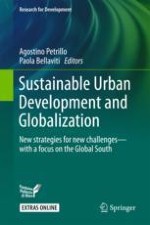2018 | OriginalPaper | Buchkapitel
Metropolitan Public Realm Frameworks for Coastal East African Urbanization: The Case of Malindi Waterfront as Socio-Ecological Infrastructure
verfasst von : Alessandro Frigerio
Erschienen in: Sustainable Urban Development and Globalization
Aktivieren Sie unsere intelligente Suche, um passende Fachinhalte oder Patente zu finden.
Wählen Sie Textabschnitte aus um mit Künstlicher Intelligenz passenden Patente zu finden. powered by
Markieren Sie Textabschnitte, um KI-gestützt weitere passende Inhalte zu finden. powered by
